Boeing vs Airbus: the business battle for the skies
The history behind the aviation industry's fiercest rivalry
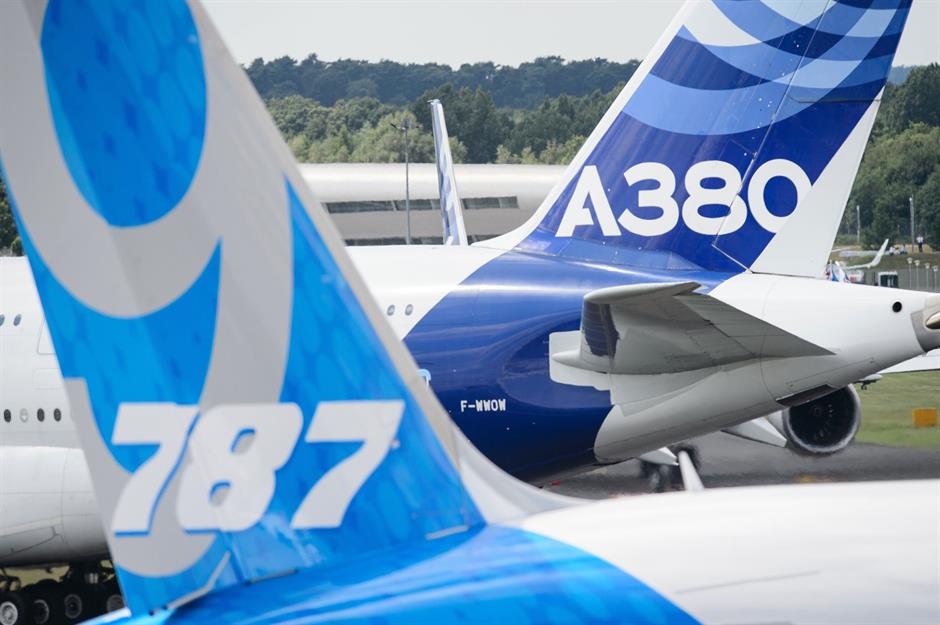
King of the skies
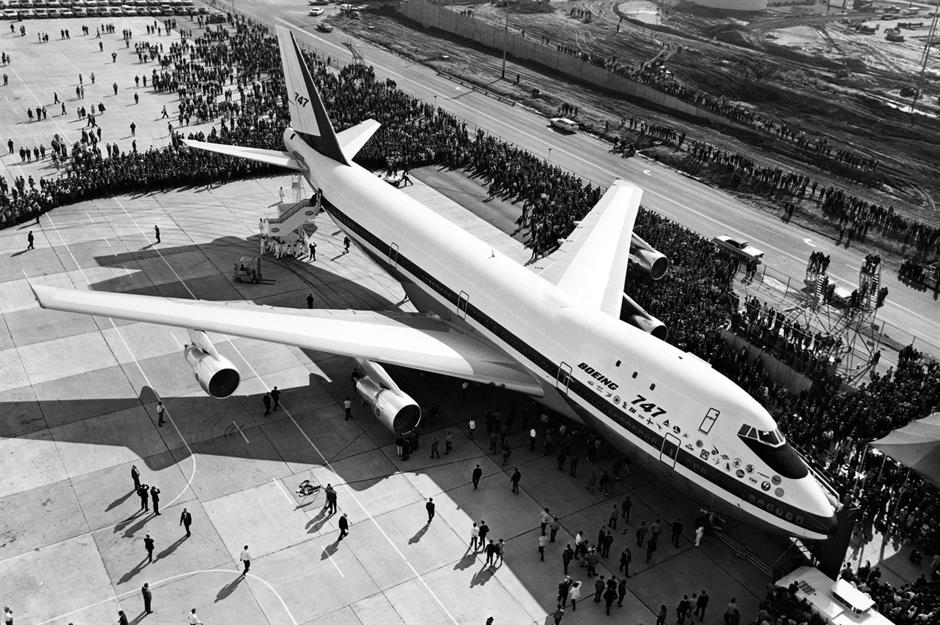
Back in late 1970, Boeing was the undisputed king of the skies. The American aviation corporation had just unveiled the iconic 747 jumbo jet, and was sitting on its laurels as the world's number one jet airliner manufacturer, having risen spectacularly above the competition, which included the likes of Lockheed and McDonnell Douglas Corporation.
Glory years
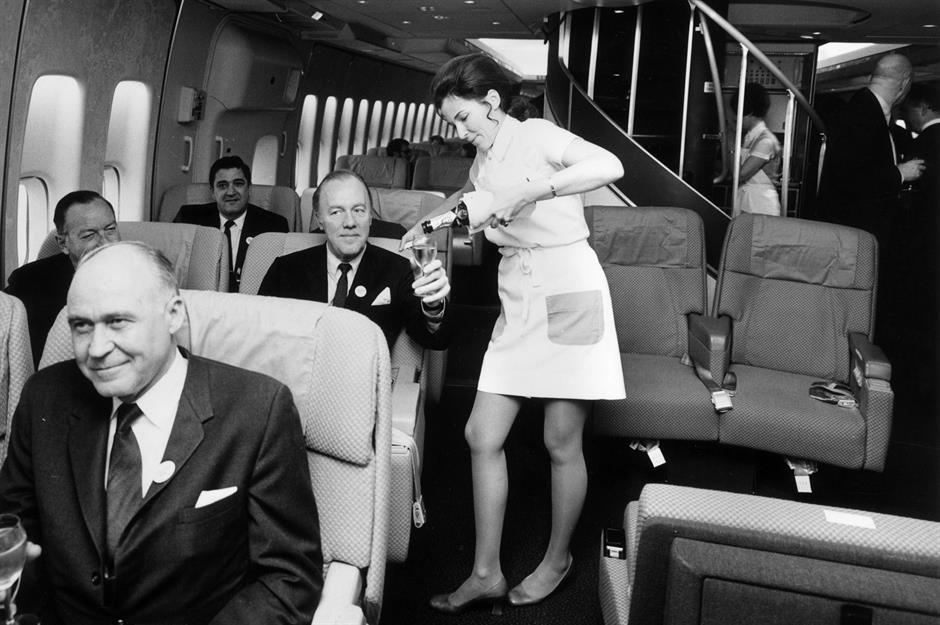
Founded in Seattle in 1916 by aviation pioneer William Boeing, the company that bears his name was a leader in all-metal aircraft construction by the 1930s. It went on to launch America's first commercial jetliner, the 707, in 1958, the same year that Frank Sinatra's Come Fly with Me was released, a song and album that has become synonymous with air travel. In fact Sinatra liked the 707 so much he went on to buy his own jet in 1964. Boeing went on to introduce the massively successful 727 in 1962, followed by the 737 in 1967.
Vanishing competition

At the start of the 1970s Boeing was the go-to manufacturer for countless American and foreign airlines. Competing aircraft such as the McDonnell Douglas DC-10 (pictured) and Lockheed L-1011 TriStar just couldn't match Boeing in terms of sales. The Washington-based corporation seemed untouchable.
European upstart
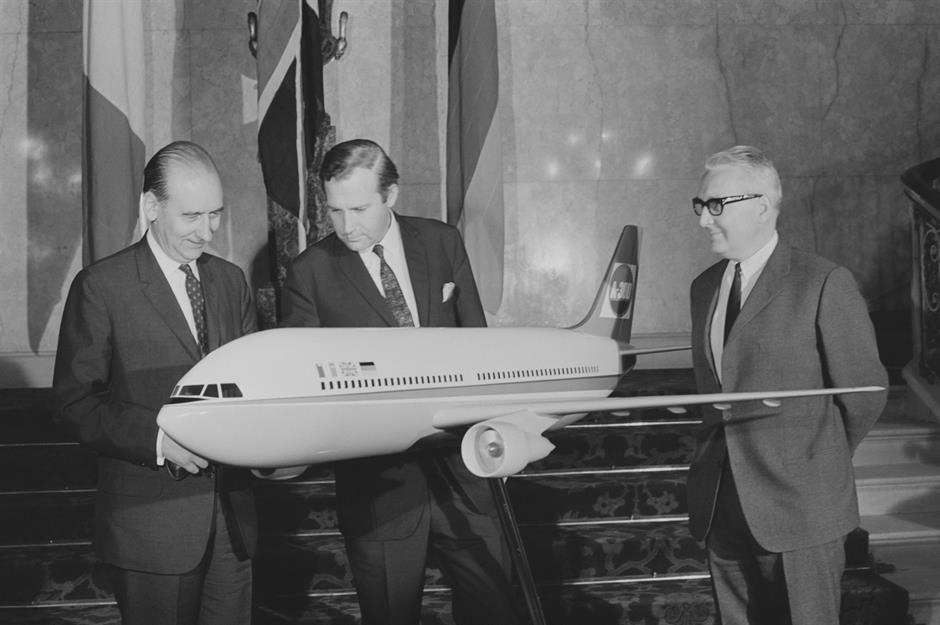
But a consortium of failing European aviation companies was set to change all that. Together with their respective governments, the group of relatively small West German, French, British and Spanish firms came to the realisation they could only take on Boeing if they joined forces, pooling both resources and talent.
Birth of Airbus
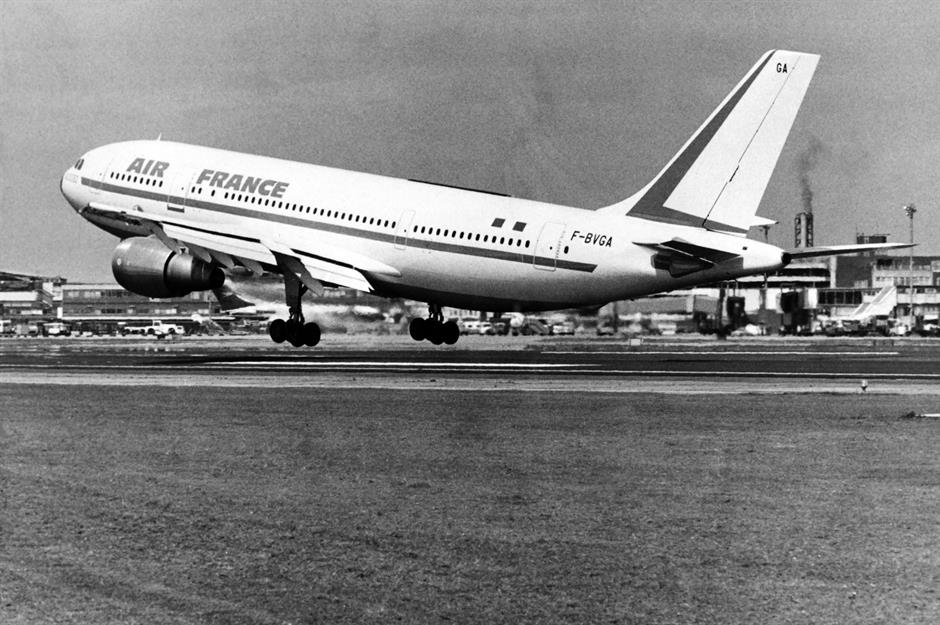
Clever innovations make a real competitor

First US customer
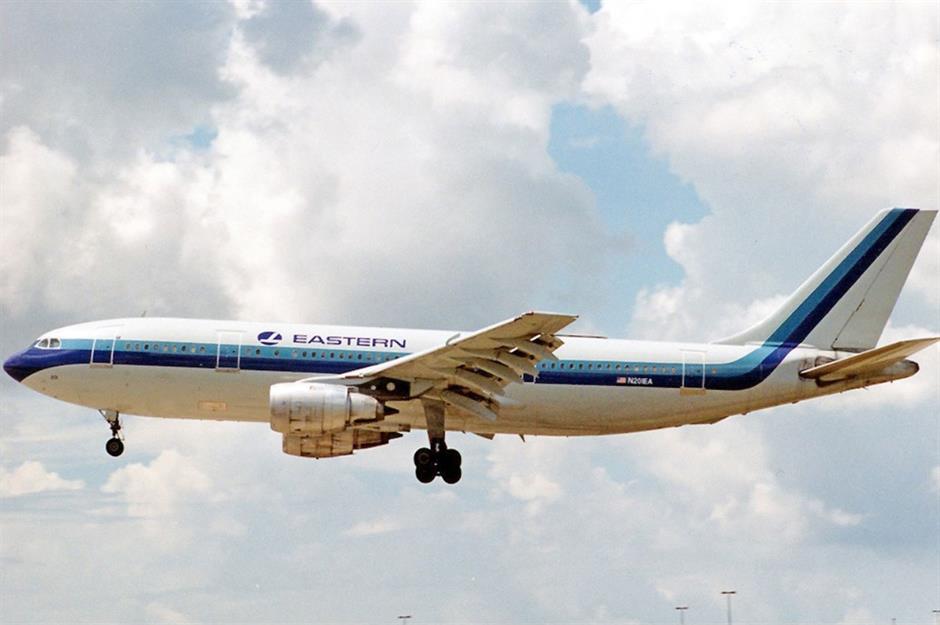
Still, Airbus struggled to bag large orders at first. But after employing some cunning sales tactics that included heavily discounting planes and offering free six-month trials, the Old World aviation company landed its first major American client in 1978 when Eastern Air Lines ordered 23 A300s for $778 million – the equivalent of $3.1 billion (£2.5bn) today.
Buoyant sales
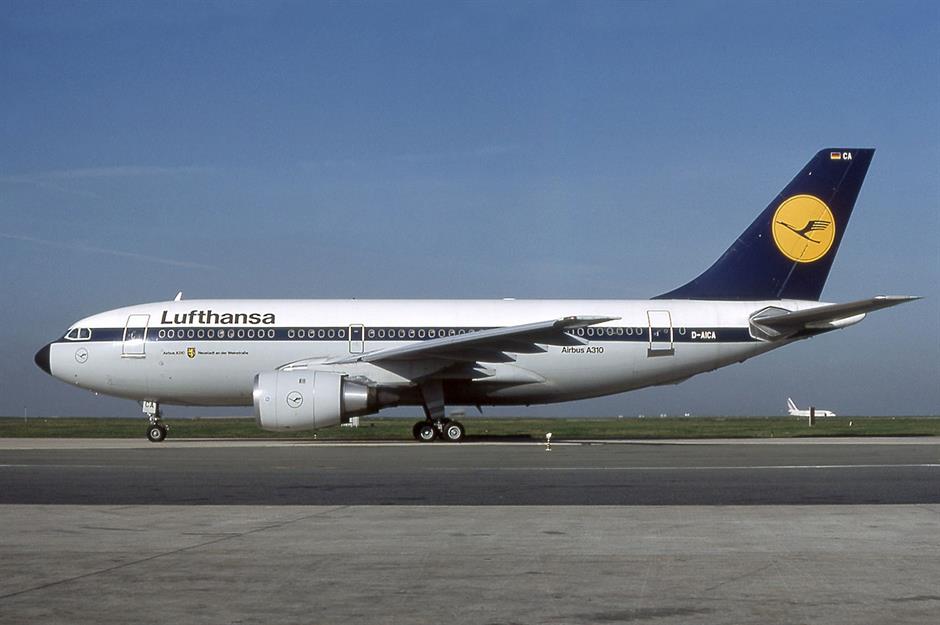
Boeing responds

Airbus strikes back

Orders fly in
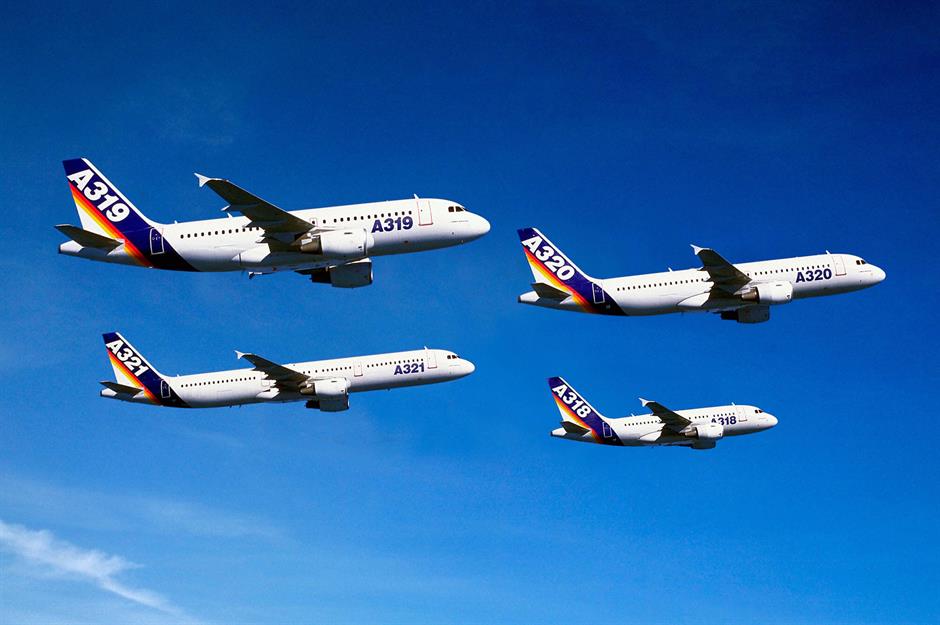
True rivals

Boeing deals
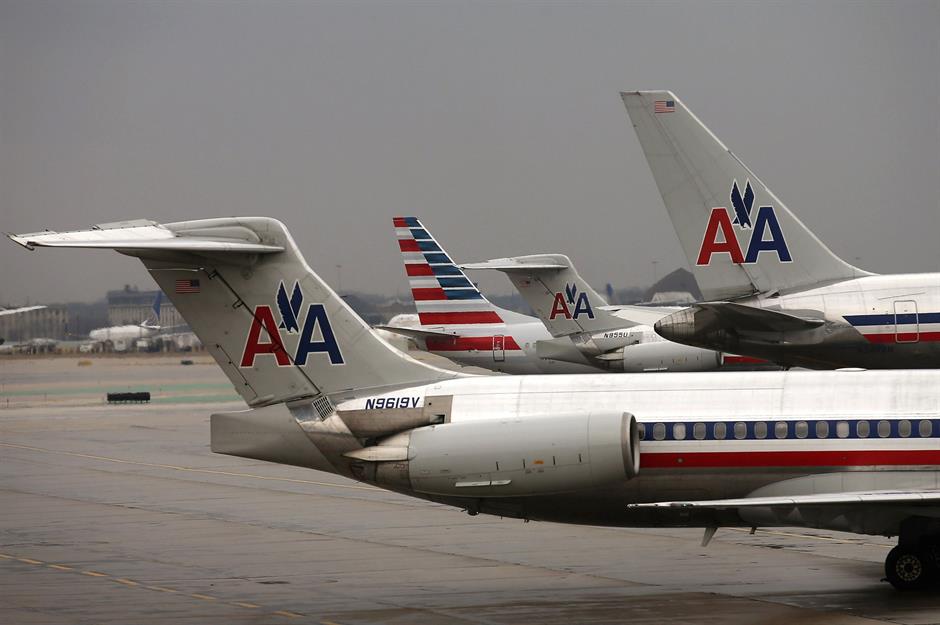
Boeing was in full fight-back mode by the mid 1990s. The Seattle-headquartered corporation tightened its hold over the long haul market by launching the 777, and froze Airbus out of the US in a significant way by signing a slew of exclusive deals, including an agreement to be the sole supplier of aircraft to American Airlines over a period of 20 years. In 1997, Boeing dominated 60% of the commercial aircraft market, and had plans to grow further...
Consolidating power
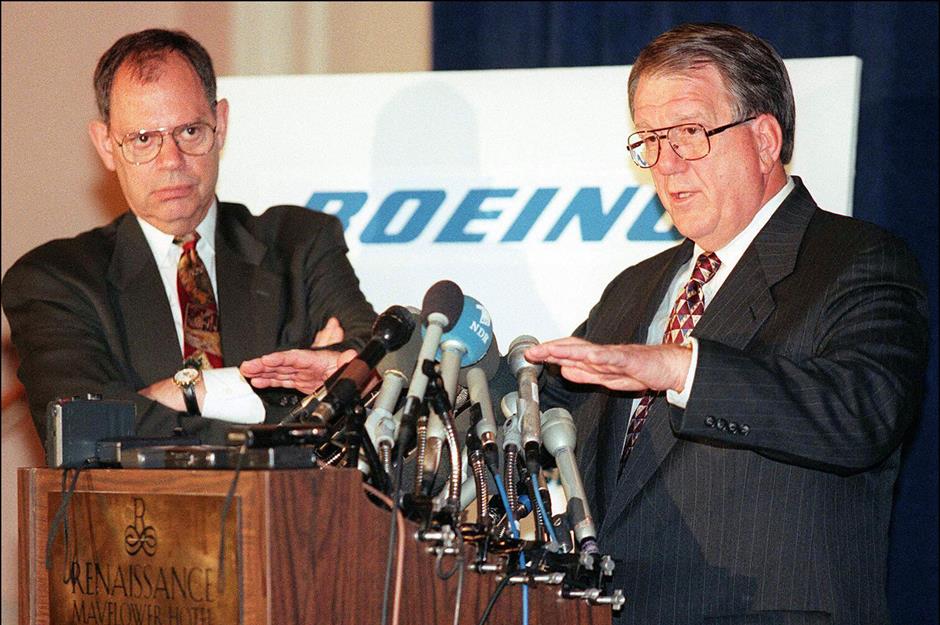
One of the biggest moves to take over the market was made in 1997 when Boeing purchased one of the business's last meaningful US competitors McDonnell Douglas for the princely sum of $13 billion, but had to relinquish its exclusive 20-year contracts as a result. In reality, they all but remained.
Government litigation

The Boeing/Airbus rivalry came to a head in May 2005 when the US Government filed a case with the World Trade Organization (WTO) accusing Airbus of benefiting from illegal EU subsidies. The EU hit back by filing a counter-complaint denouncing the US Government for its overly generous support of Boeing.
Never-ending case

State subsidies
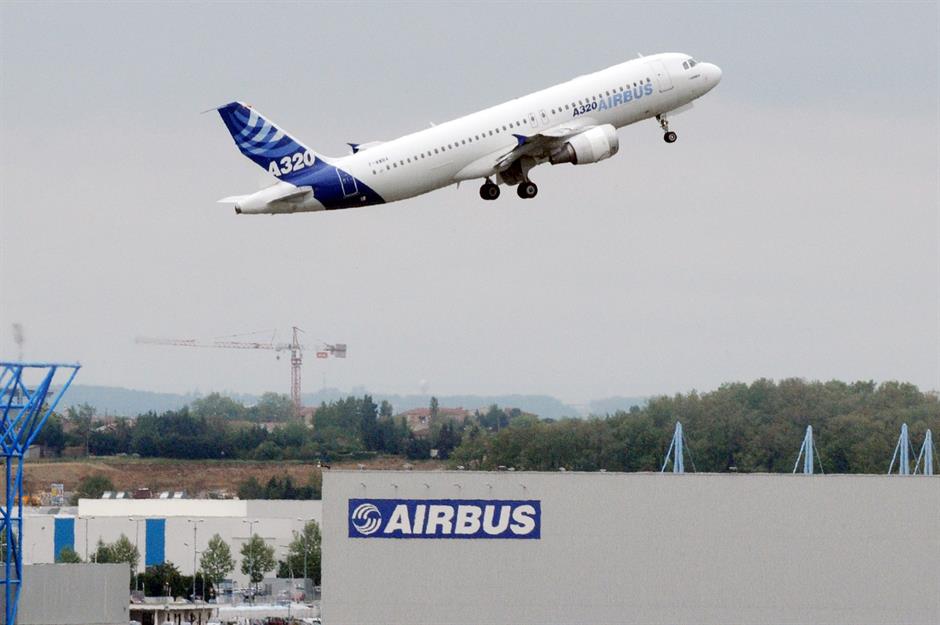
Exclusive contracts
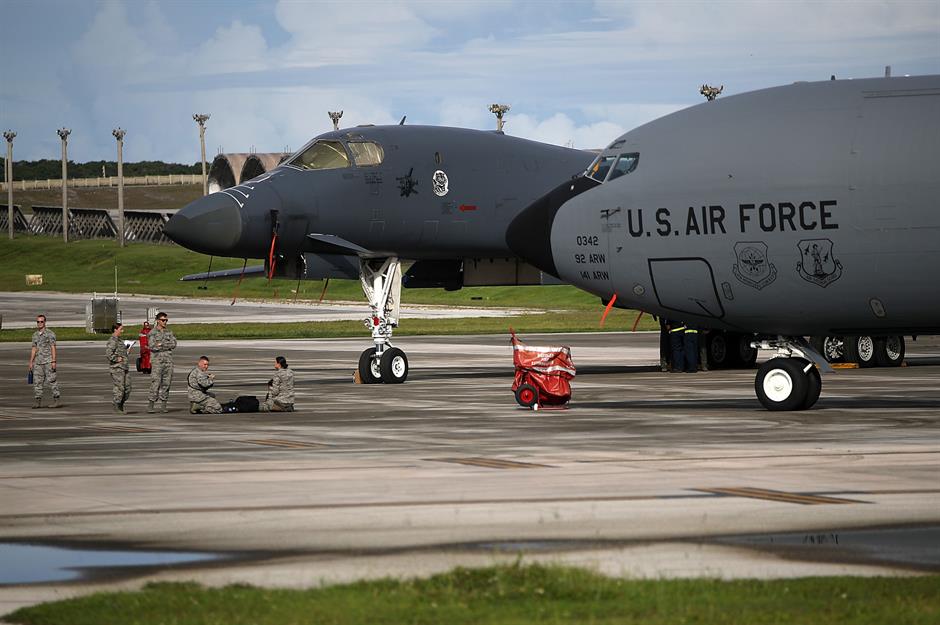
Supersized aircraft
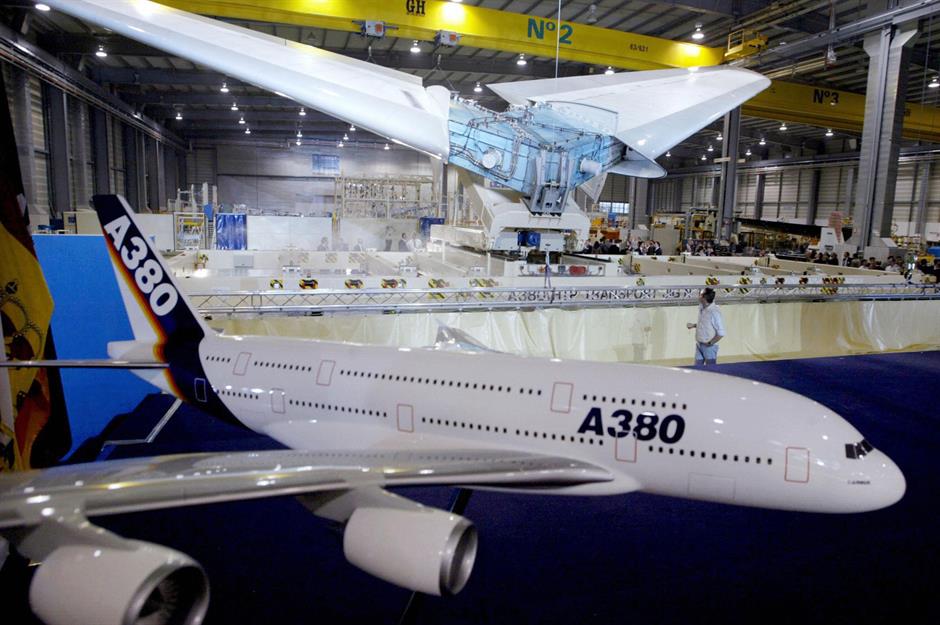
Giving as good as it got, Airbus hatched a plan to hit Boeing where it hurts. During the late 1990s, the European company started developing a supersized wide-body aircraft to take on the mighty double-decker 747. Airbus's plan to launch a plane that could rival the 747 came to fruition in 2005 with the maiden flight of the A380. Airbus ploughed $25 billion (£19.7bn) into developing the super jumbo wide-body jet, which can hold up to 853 passengers.
A380 fail
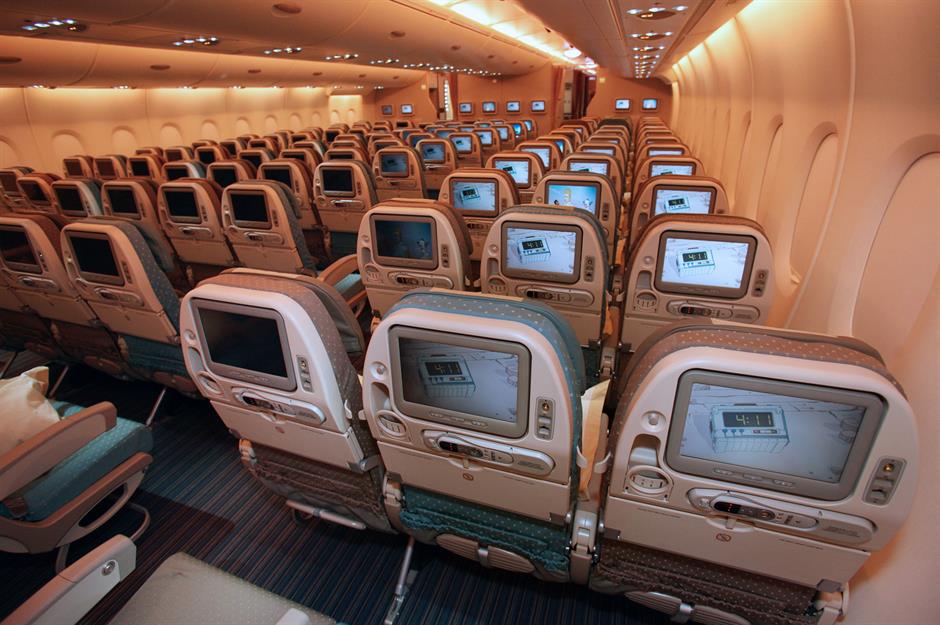
However, while Airbus planned to sell 1,200 A380 jets, only 237 have been built. Orders have been few and far between. Apart from the likes of Singapore Airlines and Emirates, few airlines have splurged on the $446 million (£351m) plane. No doubt crestfallen, Airbus recently announced that production would cease in 2021.
737 Max disasters

Fuel-efficient planes
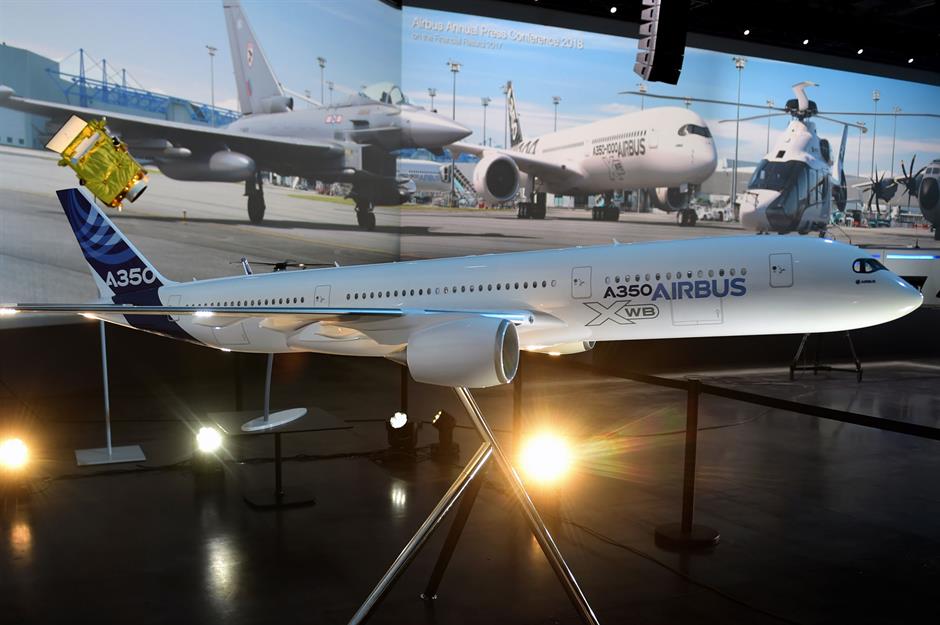
Airbus financials
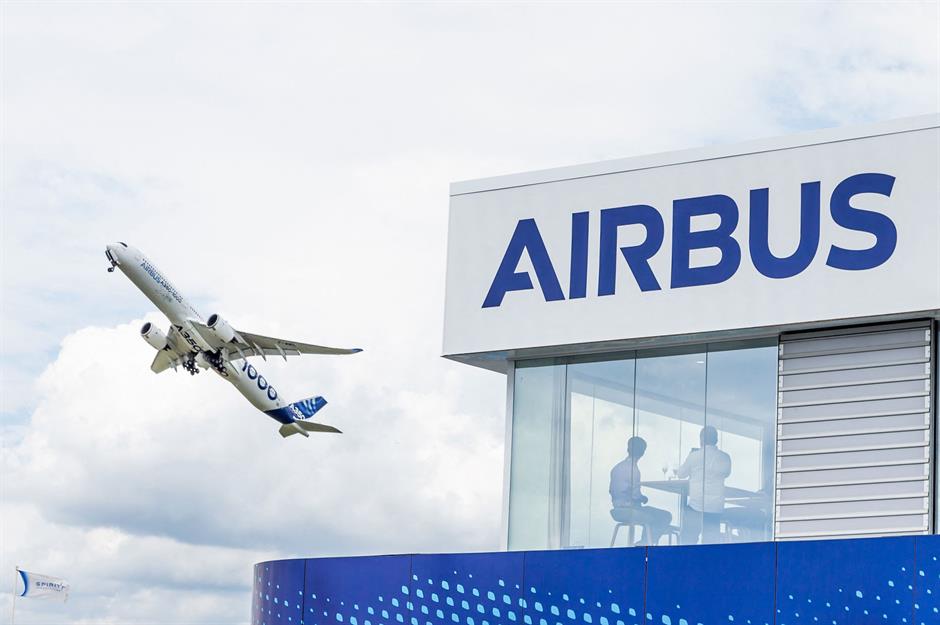
Getting down to each corporation's financials, Airbus posted revenues of €64 billion ($72.7bn/£57.5bn) last year. The European group's profits amounted to €5.048 billion ($5.7bn/£4.5bn). At the time of writing, its share price is €125.32($142.29/£112.55), making for a market cap of €97.01 billion ($110bn/£87bn).
Boeing financials
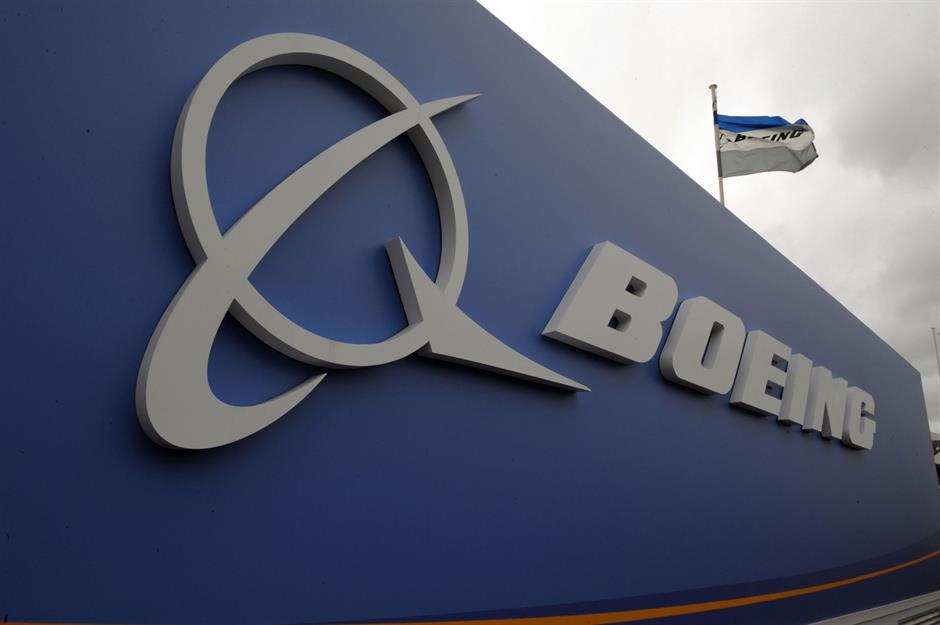
Airbus orders
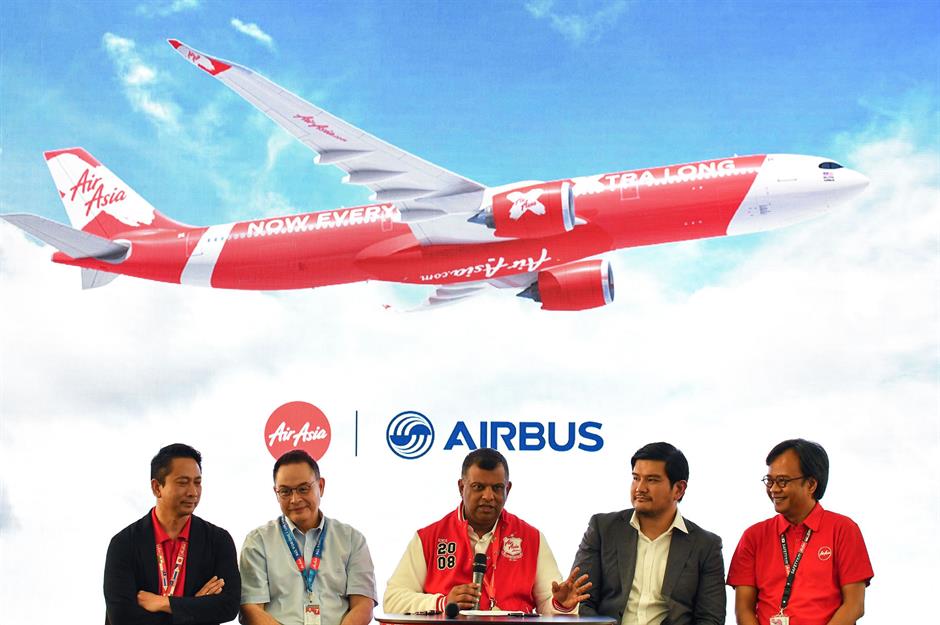
Boeing orders
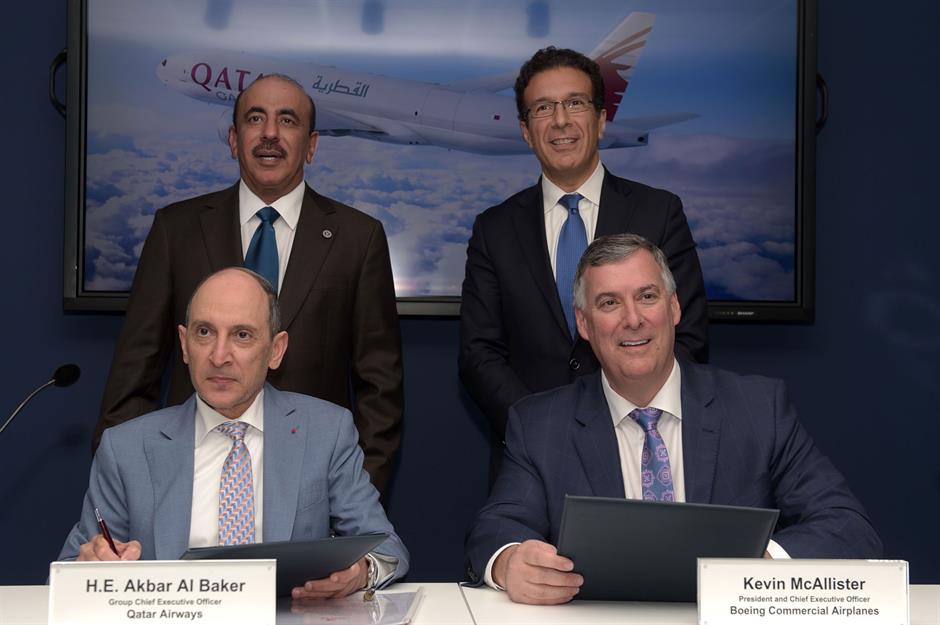
The competition has never been tighter. A total of 893 new orders put Boeing back in number one position last year. But the grounding of the 737 Max has of course affected this year's forecast. That said, Boeing now expects to take up to 890 orders in 2019, aping Airbus' projection.
R&D spending
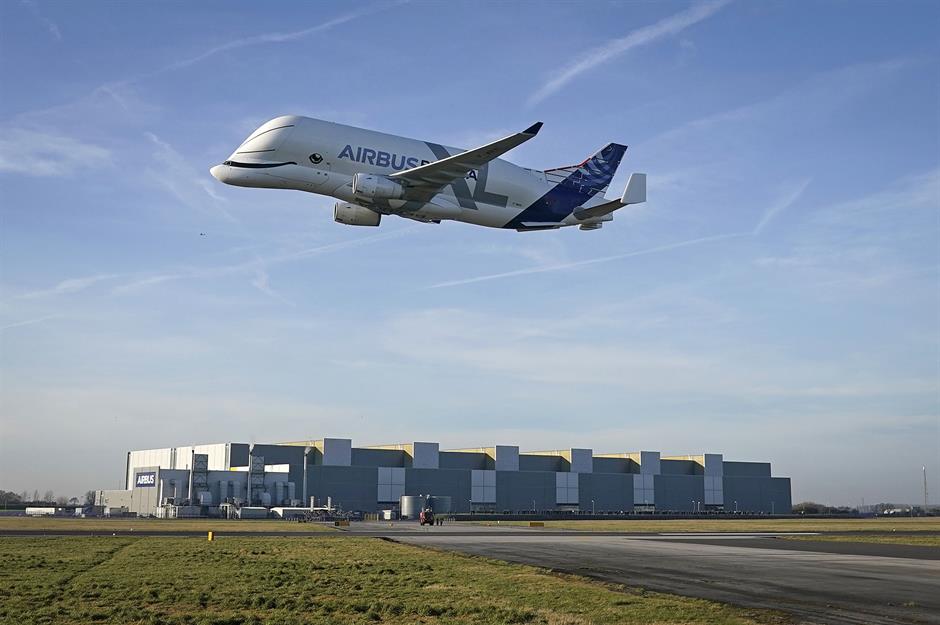
China threat
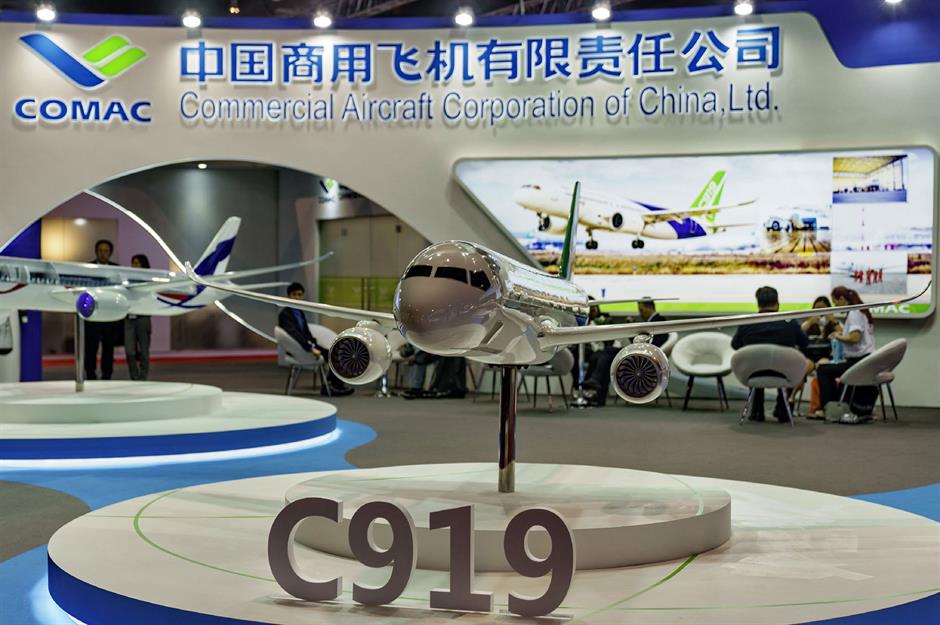
Right now there are few credible contenders that could break the duopoly and whether Boeing or Airbus comes out on top is anyone's guess. What is certain is the future looks very bright for the jet airliner industry. China for instance will require thousands of jets over the coming years. Be that as it may, China presents both an opportunity and a threat for Boeing and Airbus. The country's state-owned COMAC is emerging as a strong potential competitor and could become a formidable rival in the not too distant future.
28 jaw-dropping innovations that show why China's leading the world
Comments
Be the first to comment
Do you want to comment on this article? You need to be signed in for this feature